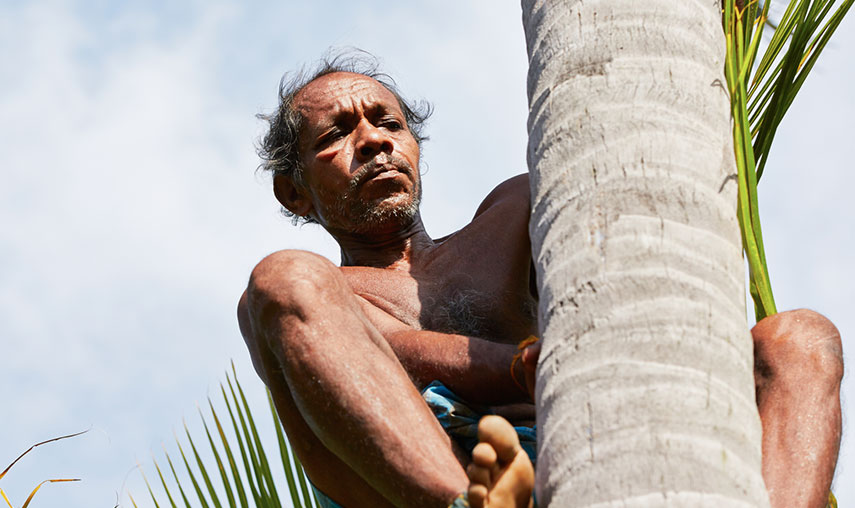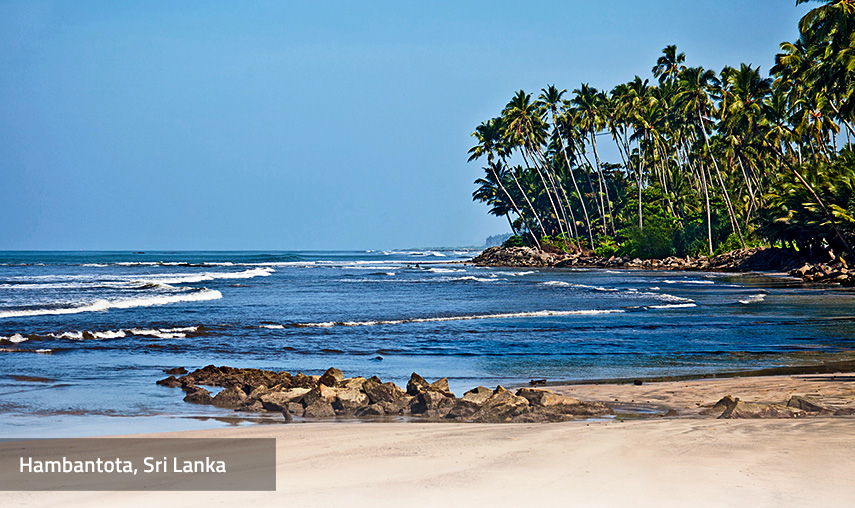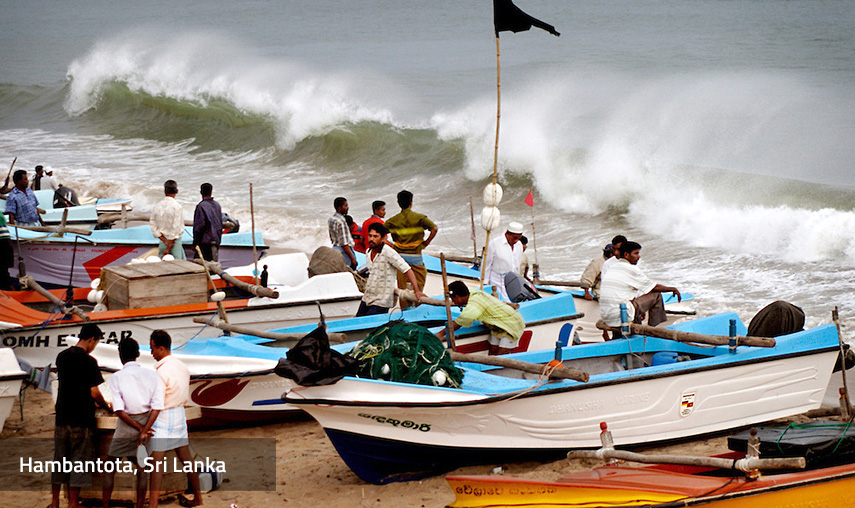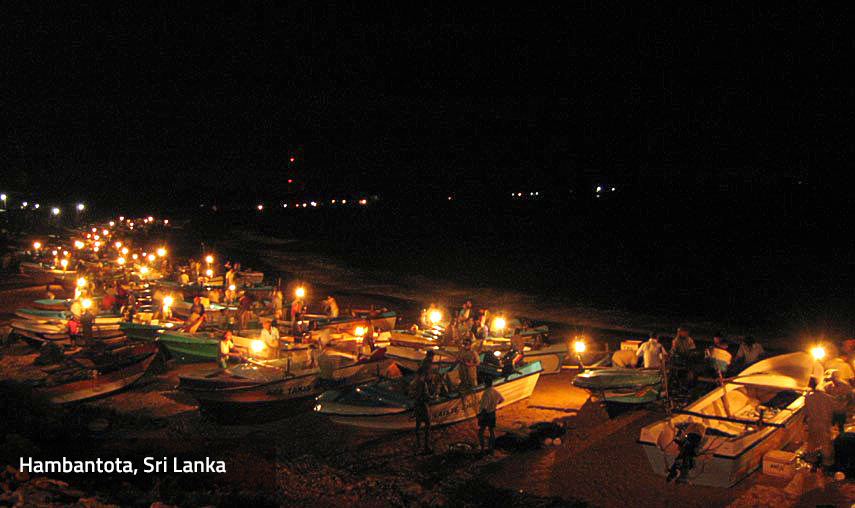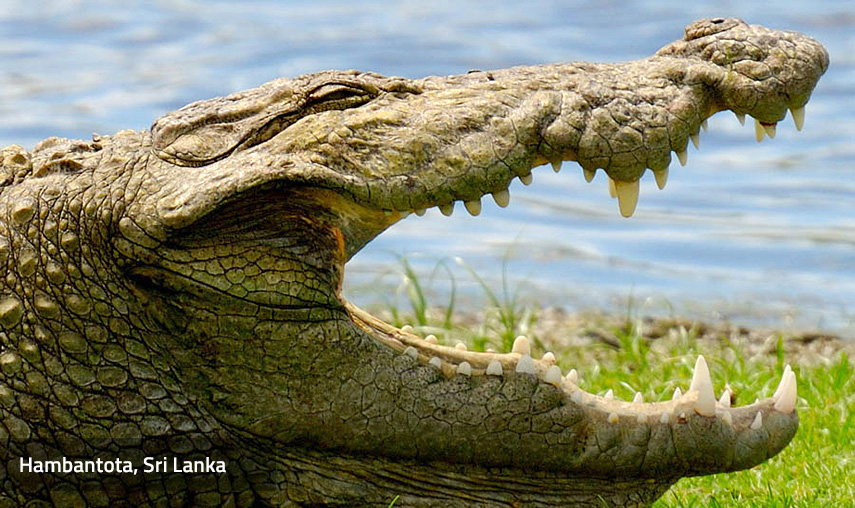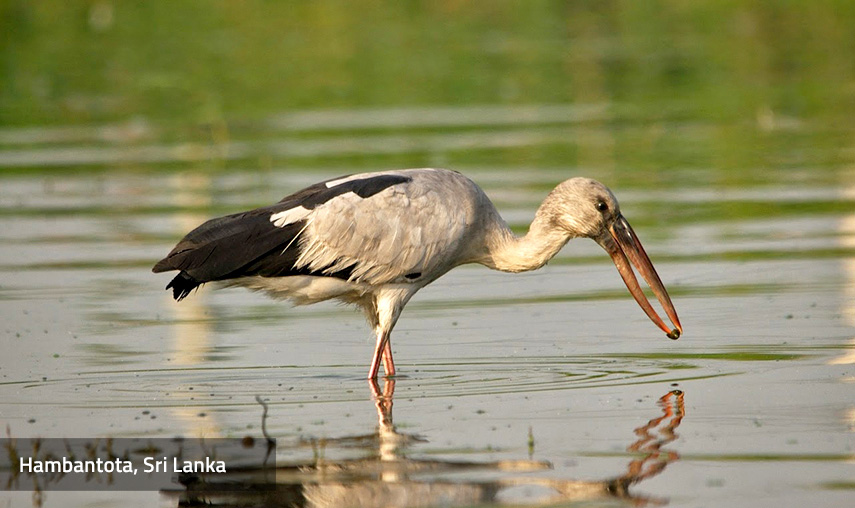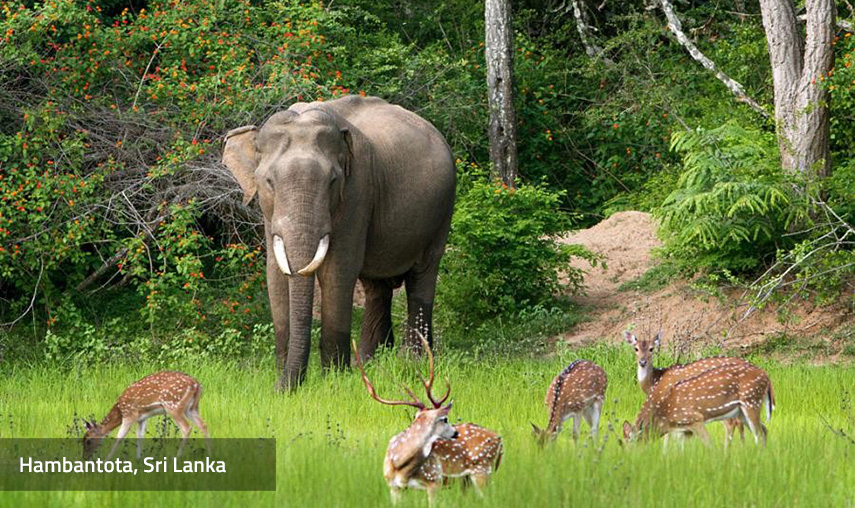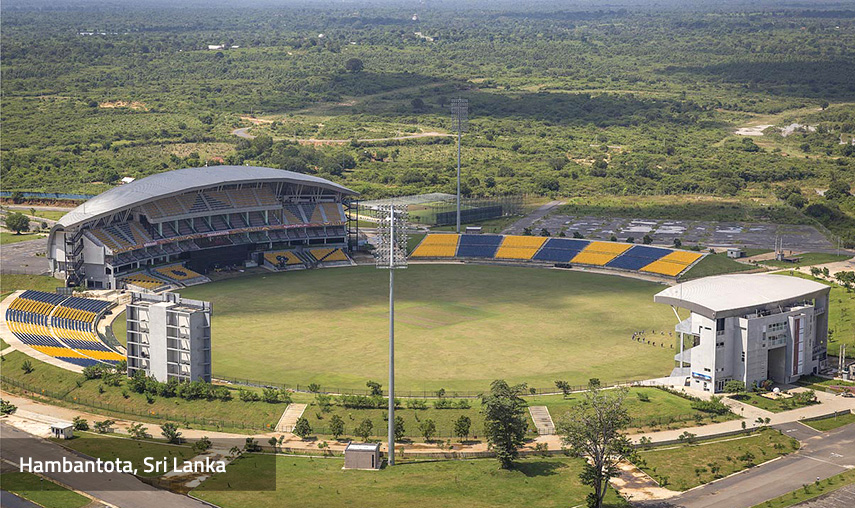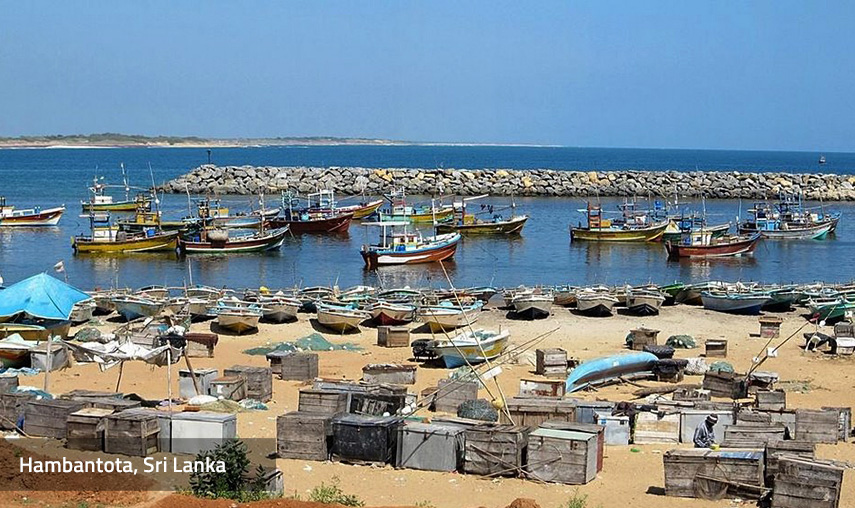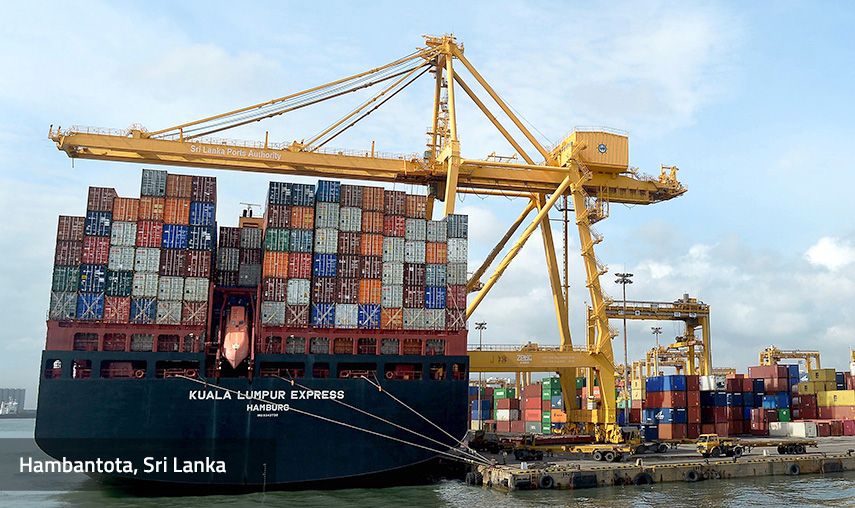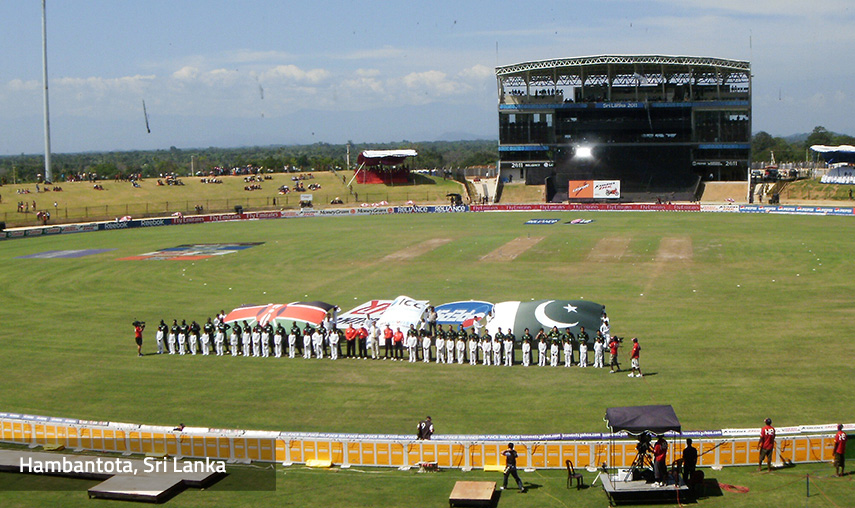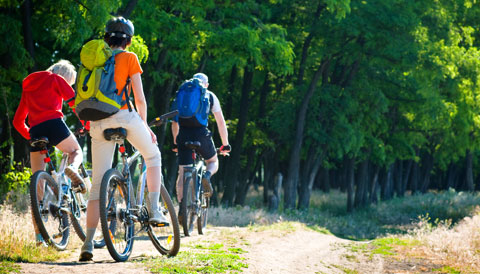This site is met with 1 km away from Ranna on he Ranna-Kalamatiya road. The Bird Sanctary in Kalametiya was declared a wildlife sanctuary in 1938 (2.500 hectares) but this was abolished in 1946 due to the opposition of local residents. A considerably reduced area was once again declared a sanctuary in 1984, The Sanctuary includes the Lunama and Kalamatiya lagoons. Karukalli Saltern and the surrounding marshy areas. Kalamatiya area records about 15] species of birds of which 54 are migratory. There are four nationally threatened birds found within the Sanctuary - Indian Reef Heron, Glossy Ibis, Sri Lankan Jungle Fowl and Black-capped Purple Kingfisher with Jungle Fowl being the only endemic species. 38 species of reptiles, a large number of which are nationally and globally threatened. 41 species offish, about 20 species of mammals with 4 endemic (Shrew- Hikmeeya, Toque Monkey - Rilawa. bicoloured, Spiny Rat -Katu Miya and Tree Mouse) and a large number of plants have been recorded within the Sanctuary.
 Toggle Navigation
Toggle Navigation

